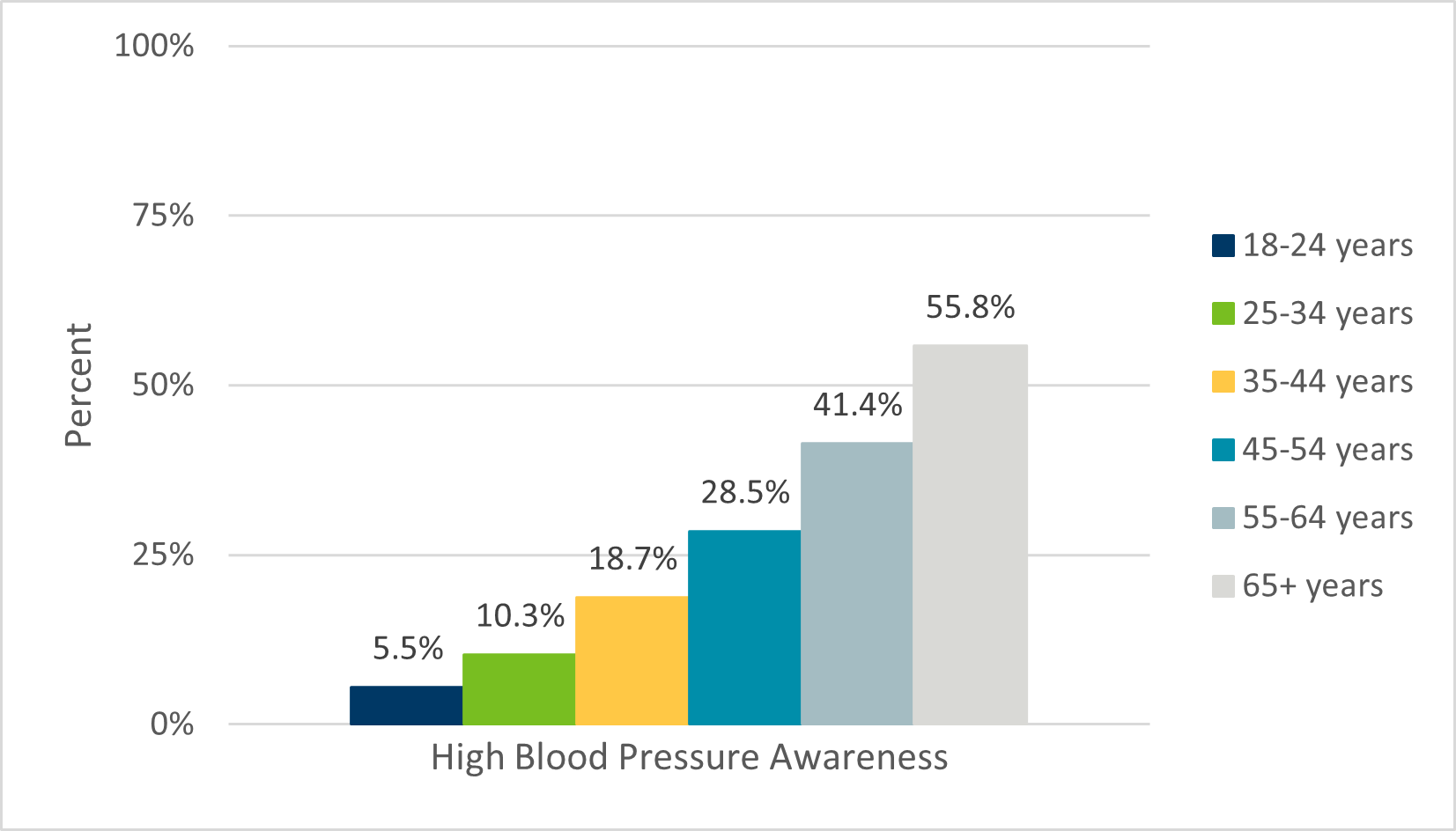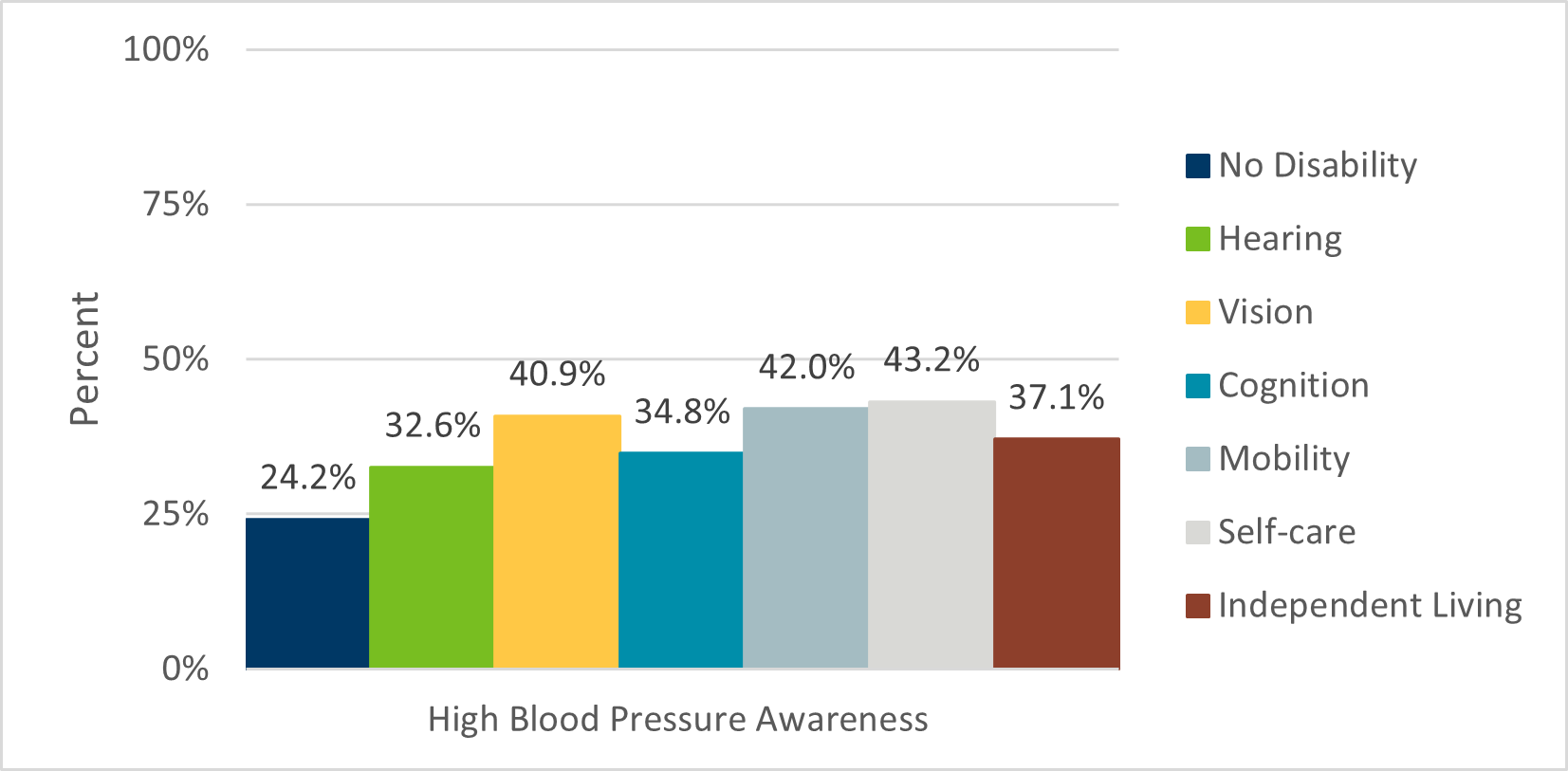Cardiovascular Health
- Cardiovascular Health Home
- CVH Data and Trends
- CVH Programs & Resources
- Minnesota 2035 Plan
- Minnesota Stroke Program
- About Us
Learn More
Related Topics
Contact Info
Cardiovascular Health Program
Cardiovascular Health Indicator
Measure: High Blood Pressure Prevalence
| Indicator | Date of Most Recent Measure | Current Measure | Trend |
|---|---|---|---|
| Percentage of adults who have been told they have high blood pressure | 2021 | 26.6% | Getting Worse |
Overview
- In 2021, 26.6% of Minnesota adults reported that they have been told they have high blood pressure by their doctor or another health professional, impacting approximately 1.3 million people.
- From 2011 through 2017, Minnesota’s high blood pressure prevalence was lower than every other state. Since 2019 it has been tied for the 2nd lowest.
- More than half of Minnesota adults aged 65 or older reported being told they have high blood pressure.
- In 2021, 78.4% of Minnesota adults with high blood pressure reported taking a blood pressure medication.
- Minnesota adults who have a disability were more likely to report having high blood pressure than adults who are not disabled—especially those with disabilities impacting vision, mobility, self care, and independent living.
- More than one third of adults who experienced 14 or more poor mental health days reported having high blood pressure.
See Also:
Quick Facts about High Blood Pressure
Last Updated: 01/03/2023

